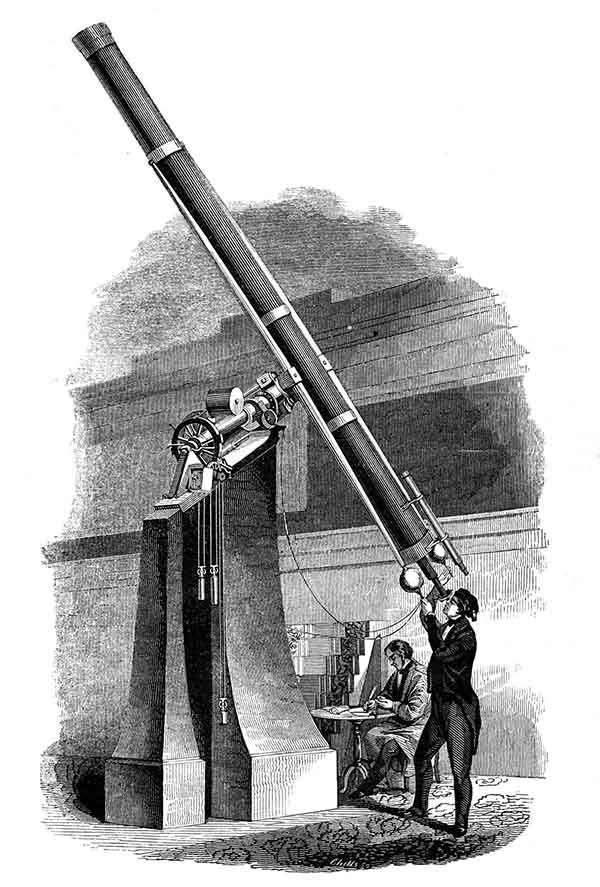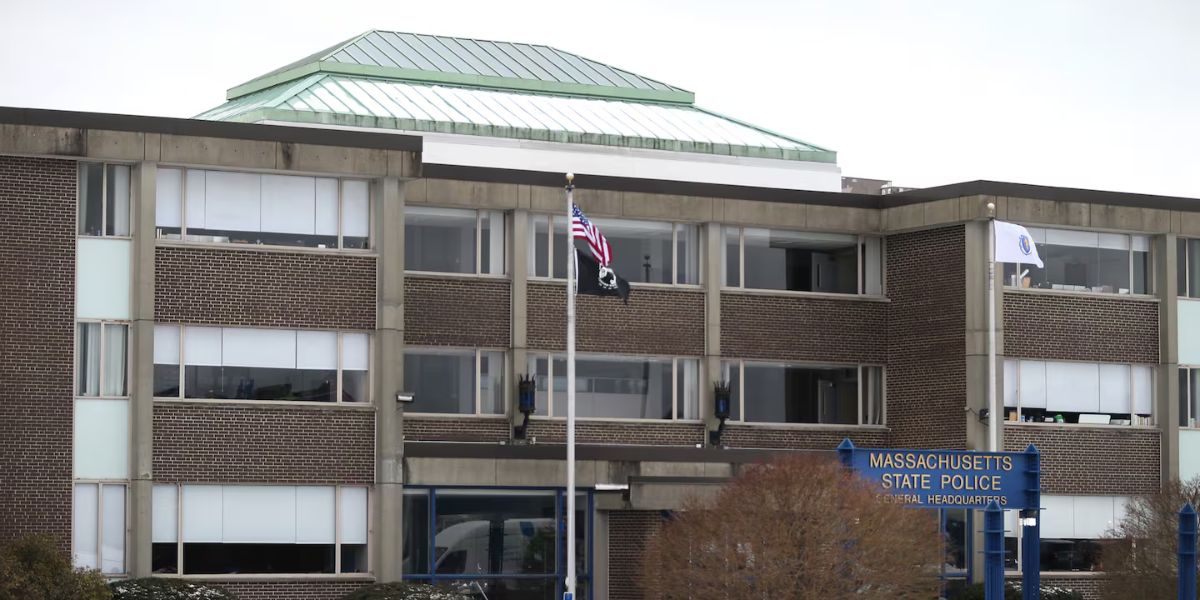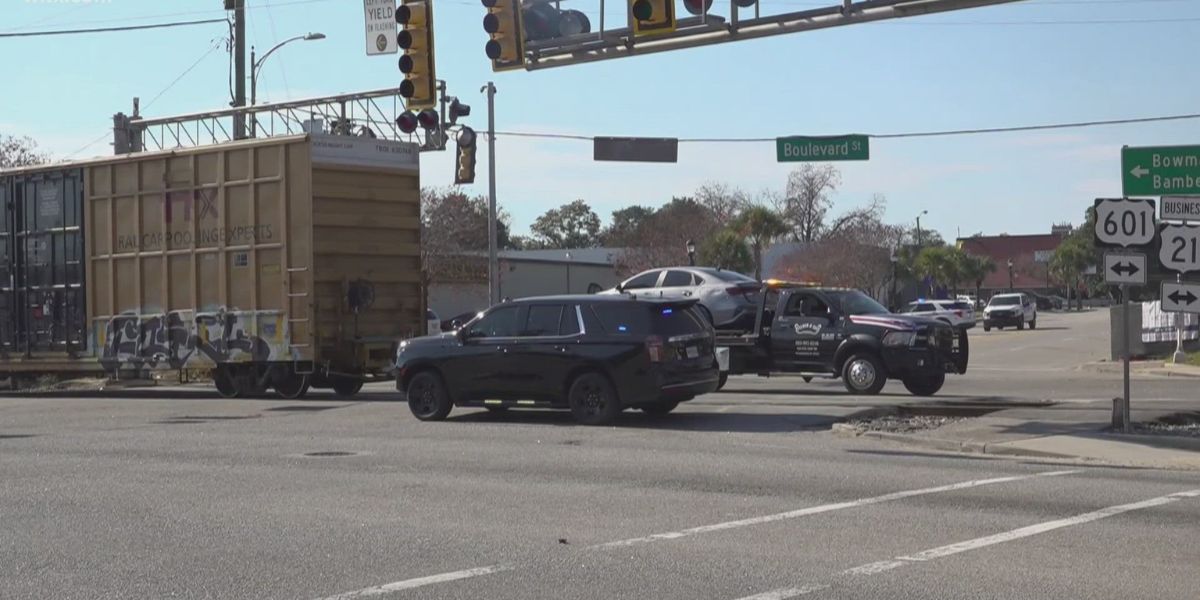The captain of the riverboat tells stories. From discovery to a way of life and love, Captain Don Sanders tells the tales of his lengthy relationship with the river. This is a segment of a lengthy and ongoing narrative.
By Capt. Don Sanders, NKyTribune Special
This past week, Bonnie Speeg, a globe traveler and historian from Cincinnati, wrote: I just sent you a PDF of the Telescope Journey to Cincinnati by Steamboat in 1844-45. Reviewing all the extensive steamboat material is a pleasure.
Ms. Speeg referred to the 1845 Merz and Mahler Telescope, which is currently one of the oldest telescopes in the world still in operation and is kept at the Cincinnati Observatory Center. The telescope traveled from Munich, Germany, to Cincinnati 180 years ago.
She said that the telescope was the biggest in the US when it got to Cincinnati.
The heavy and fragile optical device was transported primarily by sea, packed in 14 wooden crates with European astronomy literature. Initially, on a ship traveling 6,000 miles across the Atlantic to the Port of New Orleans, and then 1,425 miles to Cincinnati via steamboat, with an unplanned stopover at Smithland, Kentucky, at the mouth of the Cumberland River.
Ormsby MacKnight Mitchel, an astronomer from Cincinnati, came up with the idea for the telescope. Mitchel made a solo trip from New York to Liverpool, England, in June 1842, where he used the $10,000 he acquired from the sale of $25 shares to Queen City citizens to buy the Merz & Mahler Telescope. In 1842, $25 was equivalent to almost $830 in today’s excessively high currency.
The telescope reached New Orleans, the fourth-largest seaport in the world at the time, after a lengthy three-month sea voyage. The Ohio and Mississippi Rivers loomed ahead. Low water, snags, sandbars, currents, and the potential for boiler explosions, fires, crashes, and even the odd river pirate are all factors to consider.
Mitchel chose to transport his valuable cargo home to the Middle Ohio River Valley on the recently built steamboat YORKTOWN, which was captained by Cincinnati native and Captain Thomas Jefferson TJ Haldeman.
The YORKTOWN (5890), listed in Captain Frederick Way’s Packet Directory, 1848-1994, was a sidewheel packet constructed in Cincy in 1844 with a wooden hull. She had 24-inch high-pressure cylinders with a 9-foot piston stroke and measured 182 x 31 x 8 overall. Cincinnati learned of the start of the Mexican War in April 1846 from the YORKTOWN. Additionally, the YORKTOWN was among the first steamboats to have a Texas Deck, an invention of the 1840s that added cabin space.
After relocating to Cincinnati in 1829, Kentucky native Captain Thomas Jefferson Haldeman (1804–1874) quickly developed an interest in steamboats, which at the time were the most thrilling and frequently lucrative business venture. He soon joined forces with Captain George Washington Walker (1817–1903), a native of Cincinnati who started his river career as a steamboat joiner and boat builder.
The sidewheeler MAIL, which was constructed in 1844 and burnt at St. Louis in 1848, was Haldeman and Walker’s first steamboat endeavor. The only thing Capt. Way has to say about the MAIL is that it was a 211-ton packet with a wooden hull. After a year, the partners sold the MAIL and joined other investors to create the larger packet EXPRESS MAIL, according to another account. Their next steamboat excursion was to YORKTOWN.
Captain Haldeman retired from riverboat command after around 20 years. In the busy Port of Cincinnati, he was the first boiler inspector. At a time when the Mississippi River System saw many fatalities and injuries each year due to steam plant explosions and fires, Haldeman was also a strong proponent of boiler safety. Haldeman rejoined his longstanding companion Walker shortly after he left the packetboat trade. The partners spent the remainder of their lives in the papermaking industry north of Cincinnati, using the money they made from steamboating.
Beginning in December 1844, Captain TJ Haldeman and his freshly built YORKTOWN were the ideal team to transport the Merz & Mahler Telescope on the difficult voyage from the Crescent City to the Queen City because of his vast riverboat experience and fluvial expertise. Following a postponed departure, the YORKTOWN navigated 950 miles upstream against the Mississippi River’s power before merging with the Ohio River at Cairo Point. The steamer came to a stop near the Mouth of the Cumberland, which is close to the little but tumultuous town of Smithland, Kentucky, after just 63 miles due to low water and projecting sandbars.
Capt. TJ was unable to complete the voyage, so he lightened the YORKTOWN of most of her cargo, including the priceless Merz & Mahler Telescope, and stored it ashore in the rear of a building on the waterfront, possibly the Gower House Tavern, a Smithland landmark that still stands today. After being made lighter, the steamboat turned around and headed back to New Orleans. Fortunately for everyone involved and future generations, the valuable cargo that was left in the saloon and boarding house’s back room was not tampered with. The YORKTOWN went back to Smithland a few weeks later, picked up its misplaced shipment, and transported it securely to Cincinnati.
The conclusion of the YORKTOWN’s delivery journey is best described by historian Bonnie Speeg:
On Monday, January 20, 1845, the YORKTOWN, carrying the Merz and Mahler Telescope, landed in Cincinnati on the vast and crowded Ohio Riverfront. Captain T.J. Haldeman and co-captain George Washington Walker had the unanticipated benefit of averting a Cincinnati fire the day before its arrival, which would have damaged the telescope, thanks to the multiple delays in arrival. The telescope was saved from burning alive when Captain Haldeman transported it to Cincinnati the day after the devastating College Hall fire that destroyed the building on Sunday, January 19. Astronomer Mitchel was anxious and waiting when the telescope arrived on the riverbank, and he eventually installed it in the observatory he had constructed on Mount Adams. According to the minutes of the Cincinnati Astronomical Society, the telescope was in the Society’s possession.
Bonnie adds that there is no question that the YORKTOWN and the telescope arrived safely in Cincinnati thanks to Captain T. J. Haldeman’s river talents. As a reward, the Cincinnati Astronomical Society named Captain Haldeman an honorary member.
Nicholas Longworth, an industrialist and businessman from Cincinnati, gave the observatory four acres of land at the summit of Mount Ida so that the telescope could be installed. Former US President John Quincy Adams set the building’s cornerstone and gave the dedication speech on November 9, 1843. In his honor, Mt. Ida was renamed Mt. Adams. The telescope was moved to Mt. Lookout, which was then five miles east of the city boundaries, in 1873 to avoid the growing pollution in downtown Cincinnati.
180 years after the Merz and Mahler Telescope was safely delivered aboard the Steamer YORKTOWN under the watchful eye of Captain Thomas Jefferson Haldeman and his partner, Captain George Washington Walker, who are both buried in Cincinnati’s Spring Grove Cemetery, the telescope can still be seen at the Cincinnati Observatory, also known as the Mt. Lookout Observatory.
Don Sanders, the captain, is a river man. He has worked as a riverboat captain for Rising Star Casino and the Delta Queen Steamboat Company. Prior to learning how to operate a machine and rising to the rank of captain in the United States Air Force, he gained experience flying airplanes. He is a storyteller, historian, and explorer. He now writes columns for the NKyTribune, where he shares his tales about the river and his childhood in Covington. The river has never looked better, so hold on for the ride.
Purchase Captain Don Sanders The River book
CLICK HERE TO BUY YOUR RIVER BOOK.

Don Sanders, Capt.With handling and relevant taxes included, The River: River Rat to Steamboatman, Riding Magic River Spell to 65-Year Adventure is currently available for $29.95. With hundreds of photographs from Capt. Don’s collection, this stunning hardcover book, published by the Northern Kentucky Tribune, is 264 pages of captivating narrative that captures his painstaking journaling, unparalleled storytelling, and attention to detail. Every fan of the river should have this important historical book in their library.
The book is available for purchase at all Roebling Books stores, the Behringer Crawford Museum, and the St. Elizabeth Healthcare gift shops. It can also be ordered by mail from the Northern Kentucky Tribune.
Order your copy of Captain Don Sanders’ The River right now by clicking this link.






